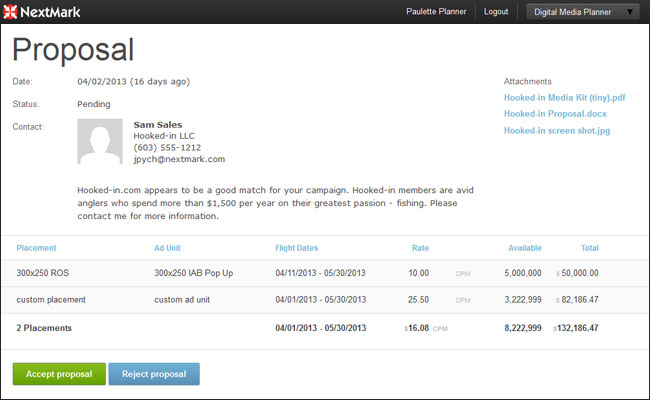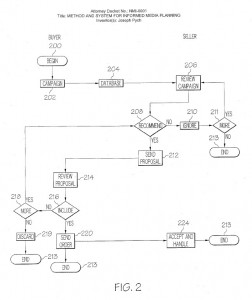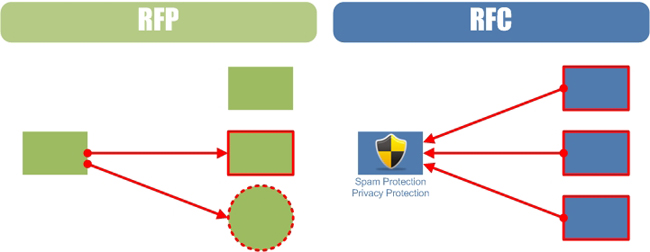NextMark today announced an upgrade to its digital media planning software, which adds key functionality for handling RFPs and media proposals.
The Request for Proposal or RFP process in digital advertising is well-known to be a frustrating mess. Despite recently celebrating the eighteenth anniversary of the banner ad, sending RFP requests and handling proposal responses is still a highly manual effort involving emails, Excel spreadsheets, shared file folders, phone calls, sticky notes, and plenty of manual labor. Despite its many failings and costing agencies more than $3,000 per campaign in labor, nobody has yet developed a widely adopted alternative to this time consuming and expensive process.
NextMark streamlines the RFP process with the latest upgrade to its Digital Media Planner system. Version 2.0 of Planner extends the platform’s functionality by enabling media planners to directly interact with publishers to request and manage media proposals. Now, instead of using spreadsheets and e-mail to negotiate pricing and placements, Planner’s Proposal Manager module enables you to:
- Quickly and easily request proposals from any publisher
- Automatically track the status of all RFP requests
- Source additional proposals through Media Magnet
- Receive proposals online with all documents automatically organized
- Collaboratively review and negotiate proposals online
- Accept proposals directly into your media plan with a button click
Unlike prior efforts to solve the RFP mess, NextMark has invested heavily into the design of the user experience for both buyers and sellers. Unlike other solutions, NextMark employs two modes of sourcing proposals: The typical RFP method and a new patent-pending Request for Consideration (or RFC) method. That latter enables qualified publishers to request consideration for plan-appropriate media, giving planners a wider array of choices when they construct their media plans.
“NextMark has been listening to its customers, and is building the right tools for digital media planning,” said Sean Cotton of True Media, an early Planner pilot user. “Adding RFP functionality to the planning tool really extends the functionality, and puts more of the workflow in a centralized place. Agencies have to start leveraging web-based tools to get smarter and more efficient about the way they plan and buy media—and get their planners to focus on more high value tasks that drive their clients’ success.”
Since its initial release only four months ago, Planner has already been upgraded four times based on new ideas from customers.
“This upgrade is another giant leap forward in delivering on the promise of programmatic direct buying,” remarked Joe Pych, NextMark’s President. “We’ve been getting fantastic advice from our development partner agencies, listening closely, and working diligently to realize this amazing vision. As a company, connecting media buyers and sellers is what we have been doing for 13 years, and I am glad we are starting to bring that same efficiency to digital.”
Planner 2.0 is available today. Free training is available to all registered users. To request more information or access to Planner, go to http://www.NextMark.com/planner.



 We’ve also introduced a new “training wheels” mode (that’s what I call it). Previously, when you posted a new campaign it would instantly go live. That’s super-efficient, but sometimes it makes sense to have a review before releasing it. That’s what this new feature is all about. Now, when you post a new campaign we’ll review it with you before it goes out.
We’ve also introduced a new “training wheels” mode (that’s what I call it). Previously, when you posted a new campaign it would instantly go live. That’s super-efficient, but sometimes it makes sense to have a review before releasing it. That’s what this new feature is all about. Now, when you post a new campaign we’ll review it with you before it goes out.




